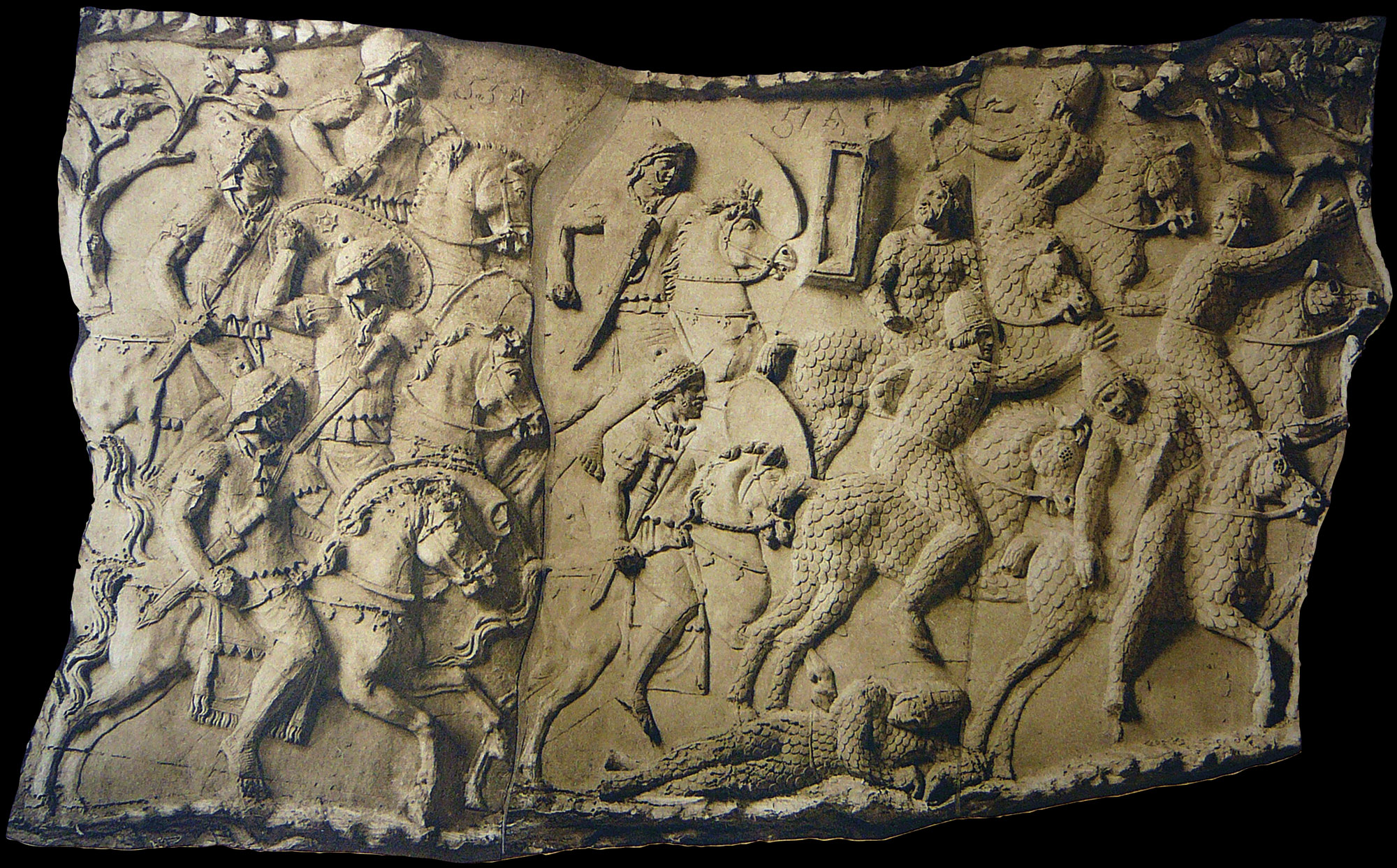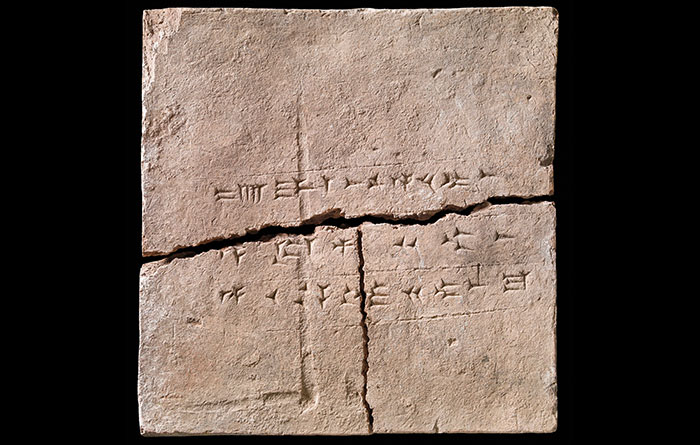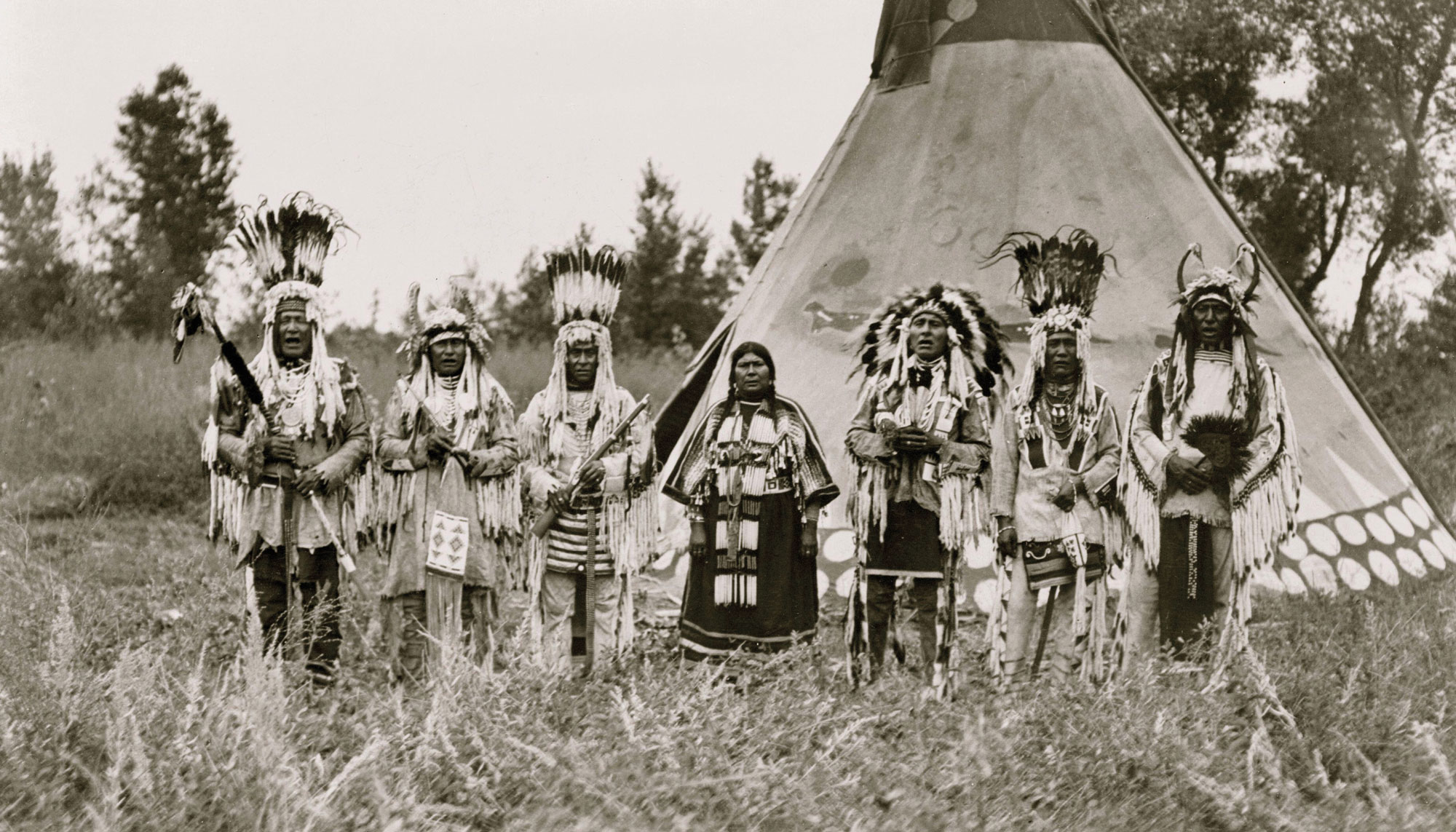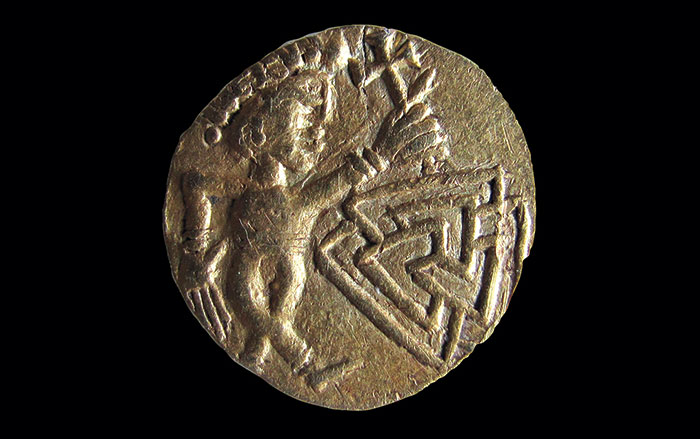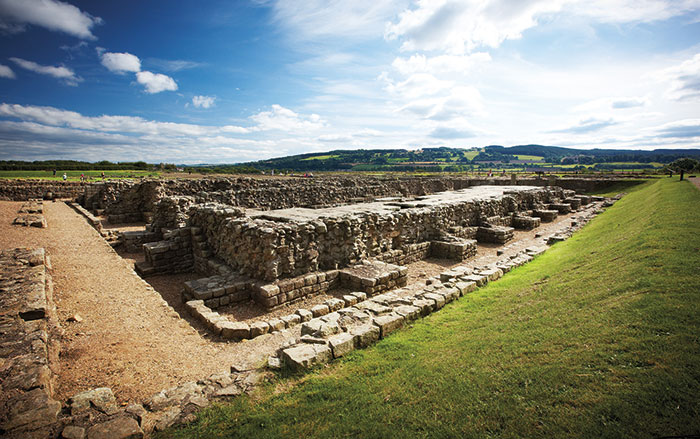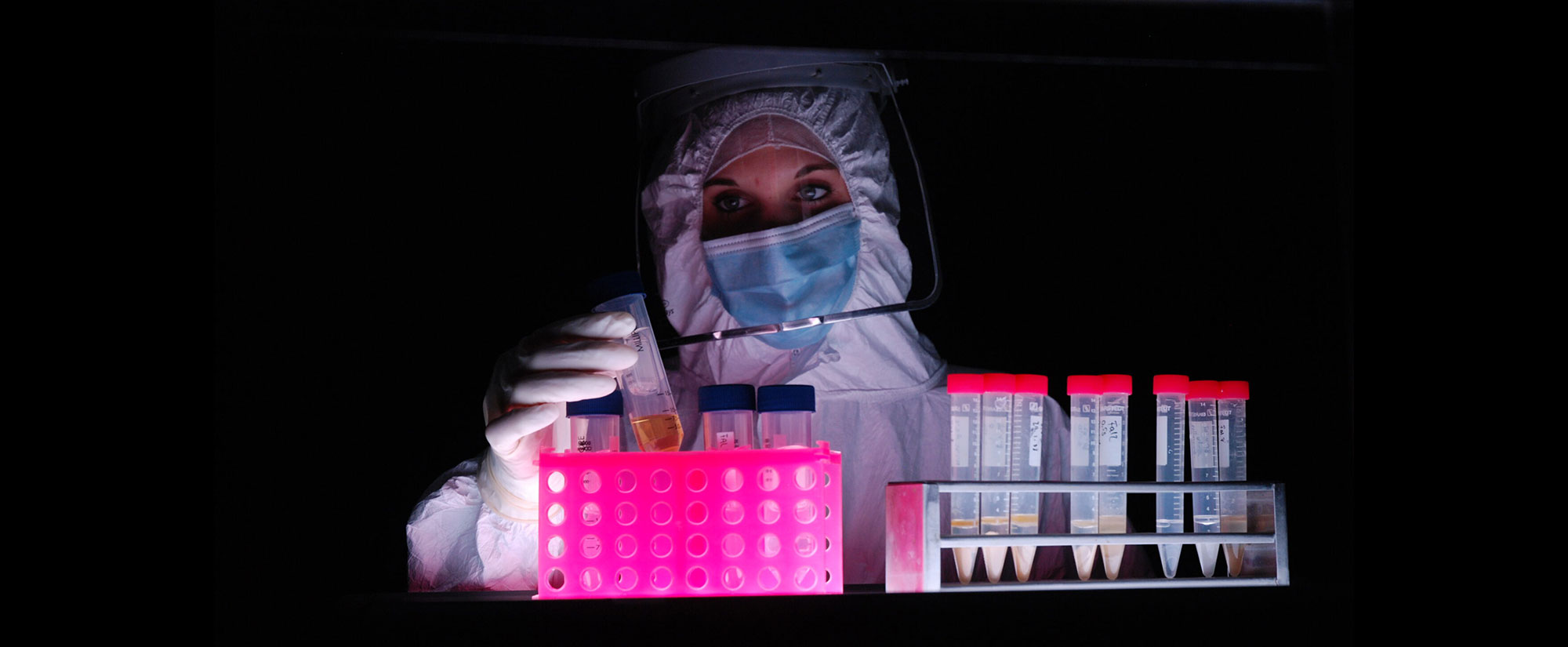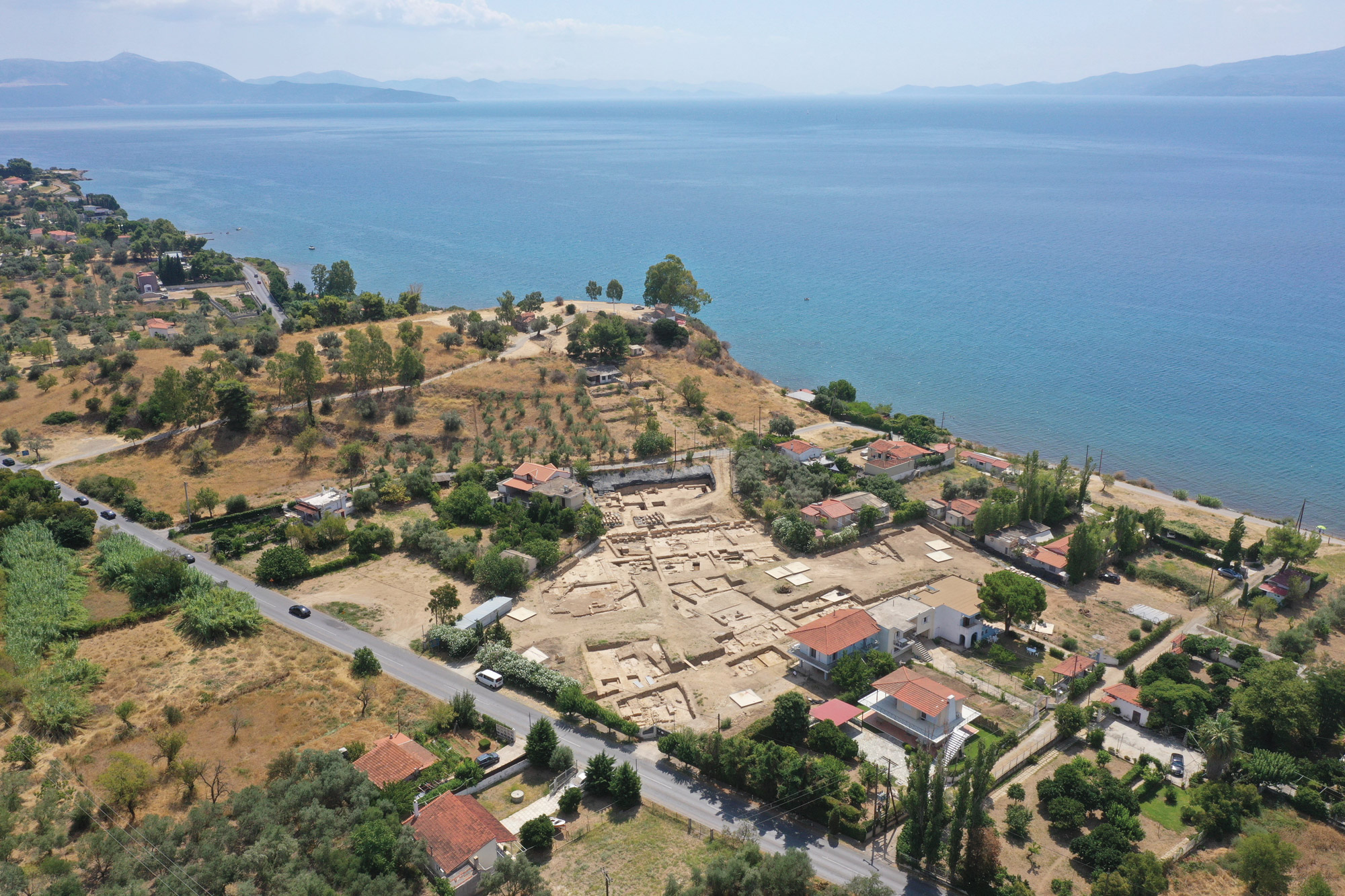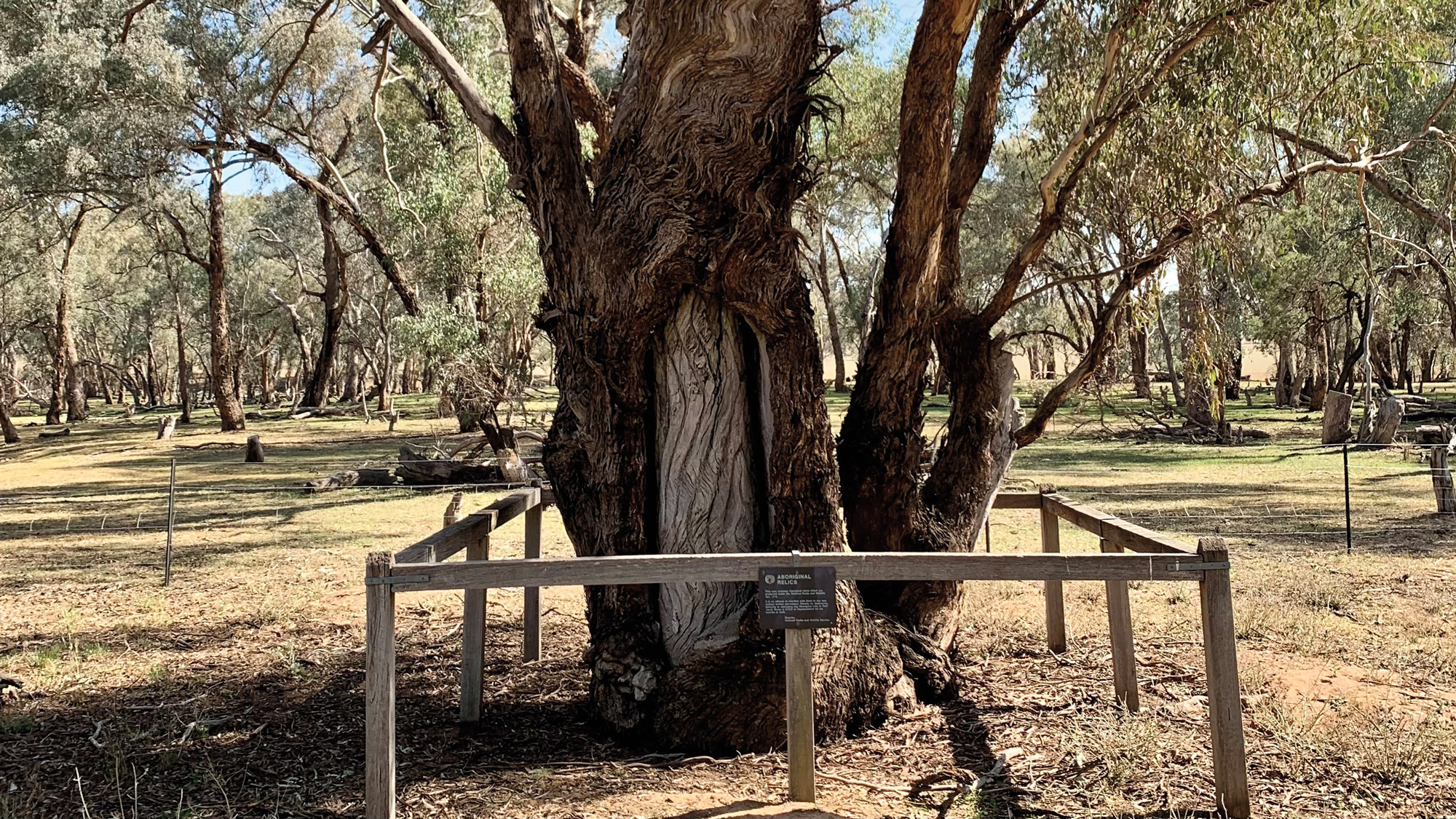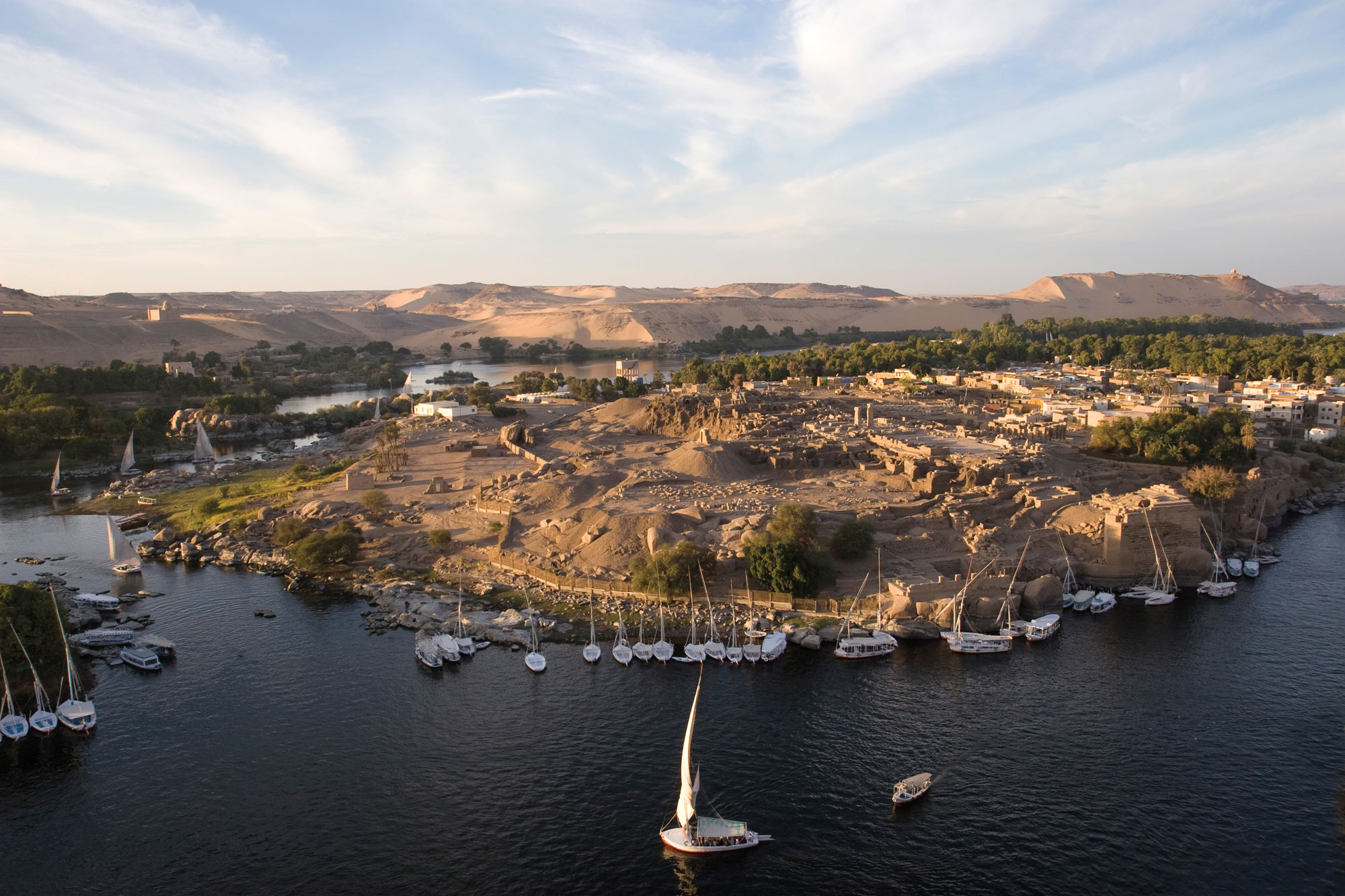
Archaeologists digging near the village of Offord Cluny recently unearthed the isolated burial of a man who, according to radiocarbon dating of his remains, lived between a.d. 126 and 228, during the Roman period. The man, designated Offord Cluny 203645, was between 18 and 25 when he died and was buried close to a rural homestead less than a mile from a major Roman road. No grave goods were discovered with him that could help tell his story. A team led by archaeogeneticist Marina Soares Da Silva of the Francis Crick Institute, however, sequenced his DNA as part of a project to investigate ancient Britain’s genetic heritage.
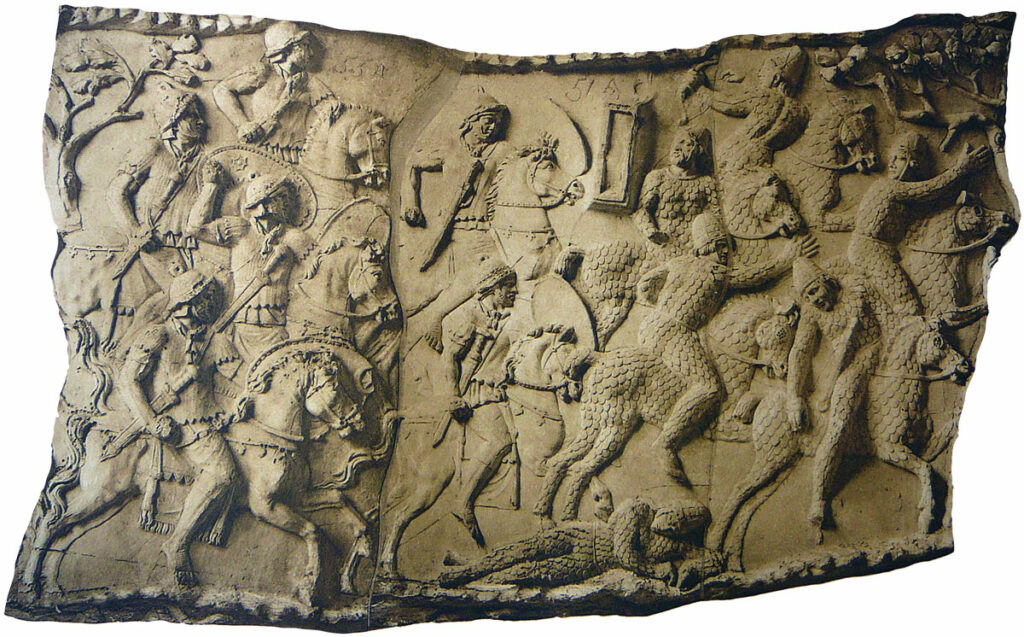
Silva recognized at once that Offord Cluny 203645 was no ordinary rural Briton—his genome was similar to those of ancient people who lived in the Caucasus region or the steppe north of the Black Sea. “This was a complete surprise to us,” she says. During the early first millennium a.d., these regions were dominated by the Sarmatians, a nomadic Iranian people who frequently clashed with the forces of the Roman Empire. After the emperor Marcus Aurelius (reigned a.d. 161–180) defeated the Sarmatians in a.d. 175, he drafted Sarmatian cavalry into the Roman army, ultimately stationing 5,500 Sarmatian soldiers in Britain. It’s possible that Offord Cluny 203645 was one of these Sarmatian cavalrymen, and that he died en route to a posting. Silva notes it’s also possible he reached the homestead by some other means. “We know people were moving around and that there was some genetic diversity in Roman cities,” says Silva, “but this is rural Britain, at the edge of the empire. It’s an unusual case.” Whether Offord Cluny 203645 was a new resident in the community or a stranger who died on the road, his journey ended some 2,000 miles from his childhood home.


